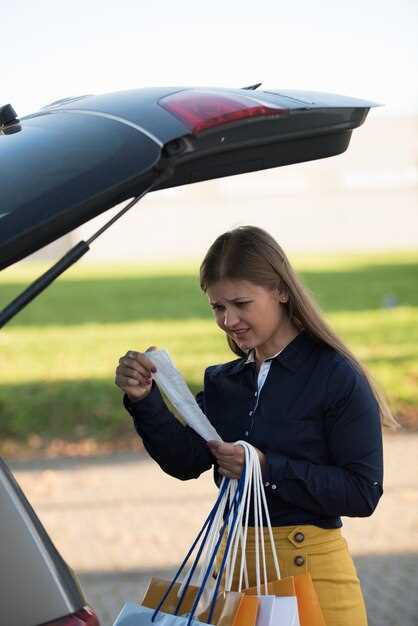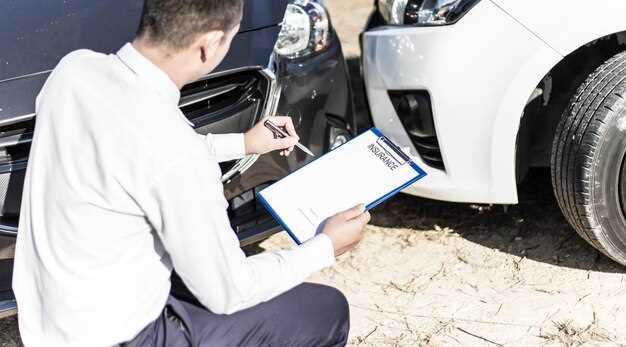
Winning a salvage car at an auction, such as those held by Copart, can be an exciting opportunity for automotive enthusiasts and savvy buyers alike. However, the journey doesn’t end with a winning bid; ensuring the safe and efficient shipping of your newly acquired vehicle is crucial for a smooth transition from the auction site to your desired location.
When dealing with salvage cars, it is important to understand the unique challenges that may arise during the shipping process. Salvage vehicles often require special handling due to their condition, and navigating the logistics of transportation can be complex. From gathering necessary documentation to selecting a reliable shipping service, knowledge and preparation are key to overcoming these hurdles.
This article will guide you through the essential steps needed to successfully ship your salvage car after winning an auction. We will cover important considerations, including choosing the right shipping method, understanding regulations for salvage vehicles, and tips to ensure that your vehicle arrives safely and promptly. With the right information, you can simplify the shipping process and enjoy your new salvage car without unnecessary complications.
Understanding the Shipping Process for Salvage Cars from Copart
When you win an auction for a salvage car at Copart, understanding the shipping process is crucial for a smooth transaction. First, you must arrange to pick up the vehicle from the auction site, which is typically located in various regions across the country. Ensure that you are aware of the pickup time frame specified by Copart to avoid any additional fees.
Once you have confirmed your winning bid, it’s essential to review the vehicle’s location and determine the most efficient shipping method. Depending on the distance and condition of the salvage car, you may opt for either open or enclosed transport services. Open transport is generally more cost-effective, while enclosed transport offers greater protection for the vehicle, particularly if it has significant damage.
Before the car can be shipped, you must obtain the necessary documentation from Copart, including the title and bill of sale. This paperwork is crucial for the shipping company and will ensure that the transport process is legally compliant. Verify that all documents are accurate and complete to prevent delays during shipping.
After gathering the required documents, contact a reliable shipping company experienced in transporting salvage cars. Provide them with all details about the pickup location, delivery address, and any specific requirements you might have. It’s important to compare quotes from multiple companies to find a balance between cost and service quality.
With everything in place, the shipping company will coordinate the pickup and transport of your salvage car. Stay in regular communication with the shipping provider to receive updates on the vehicle’s status and estimated delivery time. Upon arrival, inspect the car for any damage that may have occurred during transit before signing off on the delivery.
By following these steps and thoroughly understanding the shipping process for salvage cars from Copart, you can ensure that your vehicle reaches its destination safely and efficiently, allowing you to focus on the next steps in your salvage car restoration journey.
Preparing Your Salvage Car for Transport: Necessary Steps

When you win an auction for a salvage car, the next crucial step is to prepare it for shipping. Proper preparation not only ensures the vehicle’s safety during transport but also complies with legal requirements.
1. Gather Important Documentation
Before shipping your salvage car, collect all necessary documents, including the title, bill of sale, and any auction paperwork. These documents are essential for both the shipping company and the destination requirements.
2. Assess the Vehicle’s Condition
Inspect the salvage car carefully to identify any existing damage. Take note of all dents, scratches, and mechanical issues. Documenting the car’s condition helps avoid disputes with the shipping company and provides a record for your future reference.
3. Remove Personal Belongings
Check the car for any personal items that may have been left behind. Emptying the vehicle not only ensures safety during transport but also helps avoid potential loss or damage to your belongings.
4. Prepare for Securing the Vehicle
Before shipping, ensure that all loose parts, such as mirrors or trim pieces, are secured or removed. If the car is non-operational, communicate this to the shipping company, as they may need special equipment to transport it safely.
5. Drain Fluids and Disconnect Battery
To prevent leaks and accidents during transport, drain any excess fluids, including fuel, oil, and coolant. Additionally, disconnecting the battery is crucial to avoid electrical issues while the vehicle is being transported.
6. Communicate with the Shipping Company
Discuss specific transport requirements with your chosen shipping service. Provide them with detailed information about the salvage car, including dimensions, weight, and condition. This information helps the company prepare appropriate logistics for shipping.
7. Confirm Insurance Coverage
Lastly, ensure that the salvage car is covered by insurance during transport. Check with the shipping company about their insurance policy and if you need additional coverage for peace of mind.
By following these necessary steps, you can effectively prepare your salvage car for transport, ensuring a smooth and efficient shipping process.
Choosing the Right Shipping Method for Your Salvage Vehicle

When you’ve successfully won a salvage car at an auction such as Copart, the next crucial step is determining the best shipping method for your vehicle. Selecting the appropriate shipping option not only ensures the car’s safe transport but can also impact your overall costs and timeline.
First, evaluate the condition of the car. If the vehicle is operational, you may opt for drive-away services, where a professional driver takes the car directly to your location. This method can be convenient and cost-effective, especially for shorter distances.
For non-operational or heavily damaged cars, enclosed transport is often the most secure option. This method protects the vehicle from external elements during transit, reducing the risk of further damage. However, it may come at a higher shipping cost compared to open transport.
Open transport is another viable option, especially for vehicles that can withstand travel exposed to the elements. This method is typically less expensive but does come with heightened risk. Ensure that the shipping company has a solid reputation and adequate insurance coverage to protect your investment.
It’s essential to research and compare various shipping companies before making a decision. Look for reviews and testimonials specifically related to transporting salvage vehicles. A company experienced in handling cars from auctions like Copart will be more familiar with the unique challenges involved in shipping a salvage vehicle.
Lastly, always confirm the shipping arrangements in advance. Clear communication about pick-up and delivery times, costs, and transport conditions will help you avoid unexpected issues. By carefully weighing your options, you can choose a shipping method that suits your needs while ensuring your salvage car arrives safely at its destination.



